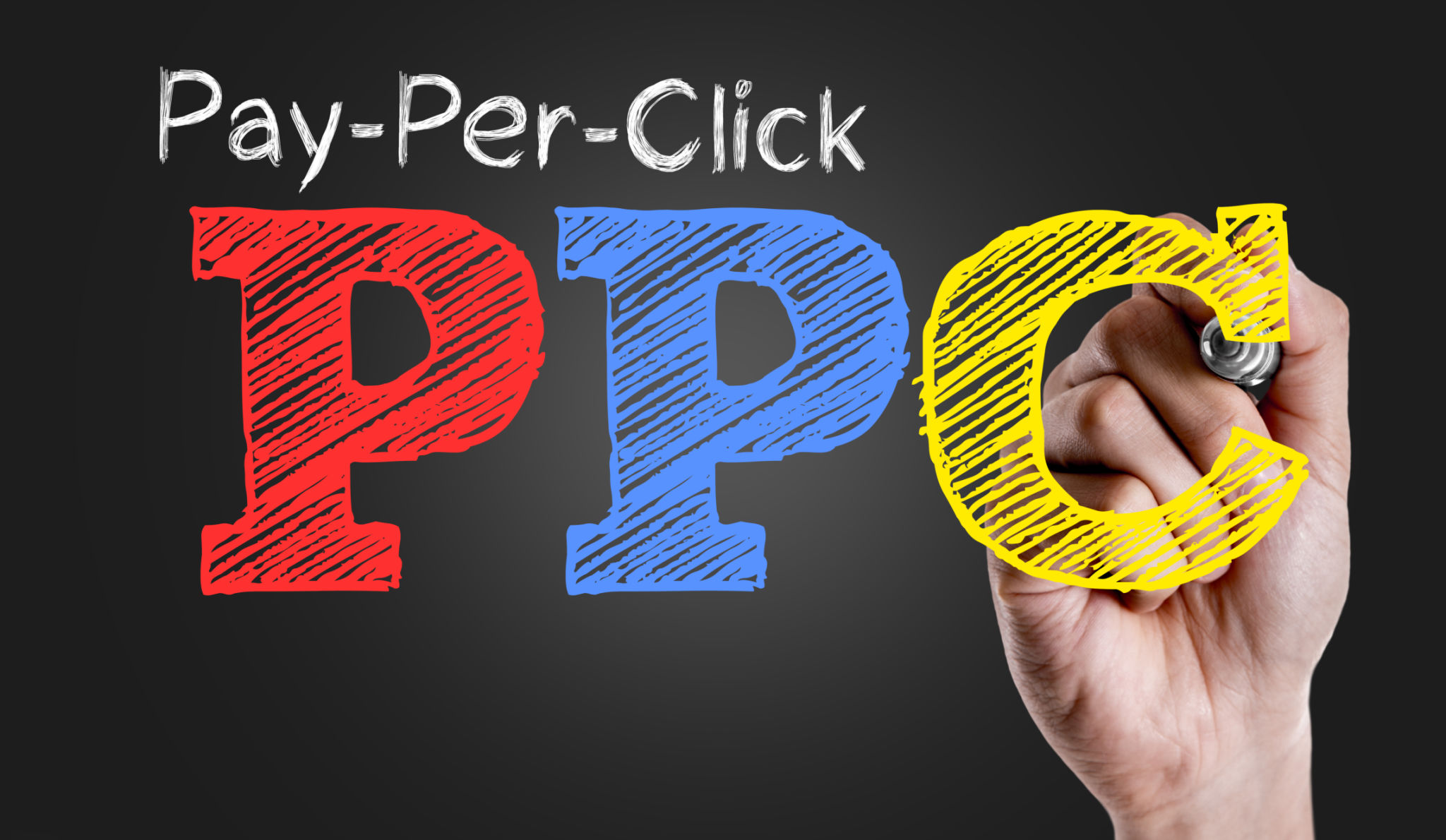FAQ: Understanding Google Ads Metrics for Better Performance in Jackson
Introduction to Google Ads Metrics
Understanding Google Ads metrics is essential for any business in Jackson looking to optimize their online advertising strategy. These metrics provide insights into campaign performance and help in making data-driven decisions. Let's delve into the key metrics you should be familiar with to enhance your Google Ads campaigns.

Impressions and Clicks
Impressions refer to the number of times your ad is displayed to users. This metric is crucial as it indicates your ad's reach within your target audience. High impressions mean your ad is being shown frequently, but it doesn't necessarily mean users are engaging with it.
Clicks are counted every time a user interacts with your ad by clicking on it. This metric is a direct measure of engagement and interest in your ad content. A high number of clicks generally suggests that your ad is appealing and relevant to your audience.
Click-Through Rate (CTR)
The Click-Through Rate (CTR) is a critical metric that helps assess the effectiveness of your ad copy and targeting. It is calculated by dividing the number of clicks by the number of impressions and multiplying by 100 to get a percentage.
A high CTR indicates that your ad resonates well with your audience, while a low CTR might suggest the need for adjustments in your ad content or targeting parameters. Regularly monitoring and optimizing CTR can lead to better campaign performance.

Conversion Rate
The Conversion Rate measures how effectively your ads lead to desired actions, such as form submissions, purchases, or sign-ups. It is calculated by dividing the number of conversions by the number of clicks and multiplying by 100.
Improving conversion rate involves optimizing landing pages, ensuring a seamless user experience, and aligning ad messages with landing page content. By focusing on this metric, businesses can achieve higher returns on their advertising spend.
Cost-Per-Click (CPC) and Cost-Per-Acquisition (CPA)
Cost-Per-Click (CPC) is the amount you pay each time someone clicks on your ad. Monitoring CPC helps in managing budget and maximizing return on investment. A lower CPC means more clicks for less money, which is desirable for budget-conscious campaigns.
Cost-Per-Acquisition (CPA), on the other hand, measures how much it costs to acquire a customer or lead through your ads. A lower CPA indicates cost-effective customer acquisition, which is essential for sustaining profitable advertising efforts.

Quality Score
Quality Score is a Google Ads metric that reflects the quality and relevance of your ads, keywords, and landing pages. It is determined on a scale from 1 to 10, with 10 being the highest quality score.
A higher Quality Score can lead to lower CPCs and better ad positions. Improving Quality Score involves enhancing ad relevancy, improving landing page experience, and ensuring keywords are closely related to the ad content.
Conclusion
By understanding and analyzing these key Google Ads metrics, businesses in Jackson can optimize their advertising strategies for better performance and higher profits. Regularly reviewing these metrics allows for informed decisions and strategic adjustments, ensuring that your campaigns are always aligned with business goals.
